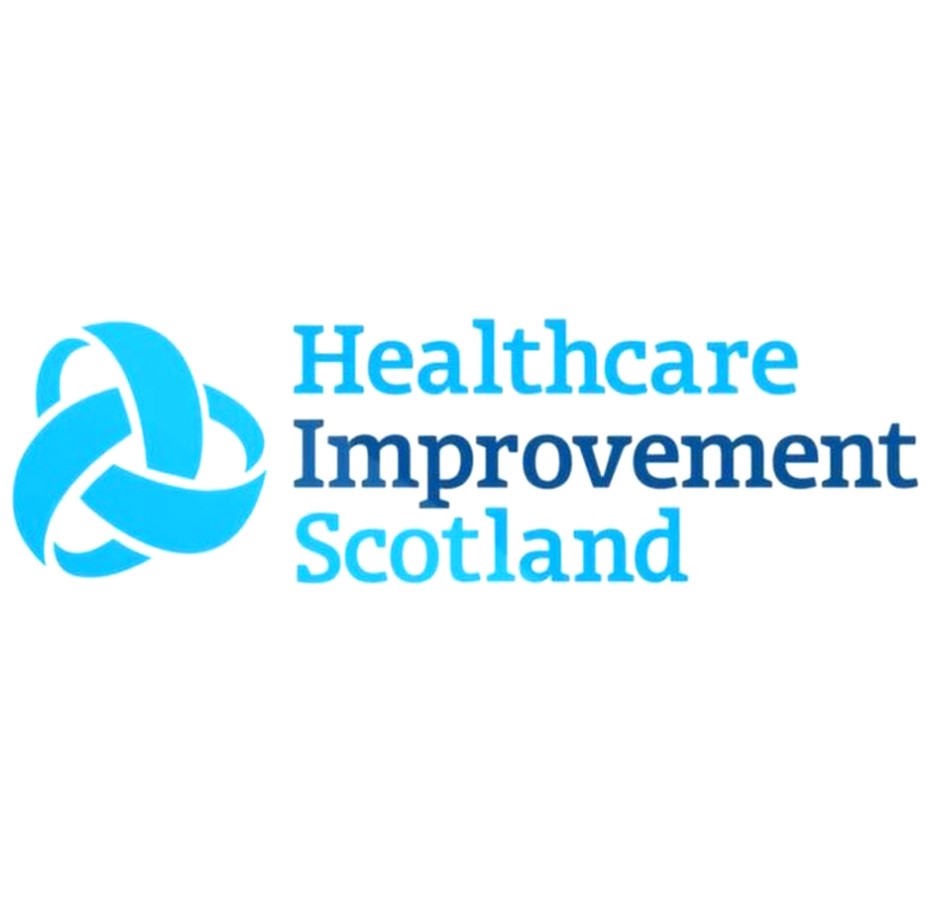Campbell C. Artificial nutrition and hydration: National Council for Hospice & Palliative Care Services; 2007.
Davies A. A cluster randomised feasibility trial of clinically assisted hydration in cancer patients in the last days of life. Palliative Medicine. 2018 32(4):733-743.
Good P, Richard R, Syrmis W, Jenkins-Marsh S, Stephens J. Medically assisted hydration for adult palliative care patients. 2014 [cited 2018 Oct 04]; Available from: https://www.cochranelibrary.com/cdsr/doi/10.1002/14651858.CD006273.pub3/epdf/standard.
Lopez JH, Reyes-Ortiz CA. Subcutaneous hydration by hypodermoclysis. Rev Clin Gerontol. 2010;20(2):105-13.
NICE. Care of dying adults in the last days of life NG31. 2015 [cited 2018 Oct 04]; Available from: https://www.nice.org.uk/guidance/ng31.
Raijmakers NJ, van Zuylen L, Costantini M, Caraceni A, Clark J, Lundquist G, et al. Artificial nutrition and hydration in the last week of life in cancer patients. A systematic literature review of practices and effects. Ann Oncol. 2011;22(7):1478-86.

